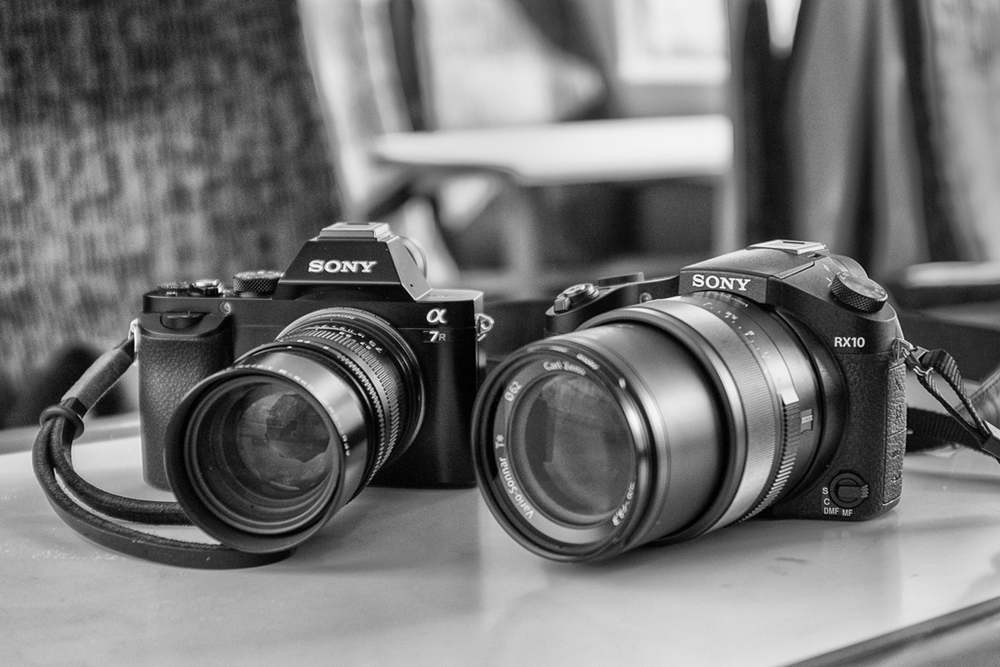A few months ago I had the opportunity to play with Sony’s RX10. I was immediately impressed with the sturdy build, the very useful 24-200mm zoom range, the constant f/2.8 aperture and the promise of image quality to equal that of the company’s RX100, thanks to the large 1in sensor. I was less impressed by the camera’s overall size, however. It is quite a handful and is right there in entry-level DSLR territory.
Now Panasonic has waded in with a direct competitor, the DMC-FZ1000. Not only does it look similar, it shares the RX10’s 1in sensor size. What’s more, the Lumix goes a big step further with its 25-400mm Leica DC-Vario-Elmarit lens, twice the reach of the Sony’s. It also offers 4k HD video and five-axis stabilisation which will make it very attractive to video fans. Although the Lumix lacks the constant fast aperture of the Sony, the f/2.8 to f/4.0 range is actually quite impressive for such a long zoom.
I have not yet had the chance to lay hands on the FZ1000 and it is difficult to compare build quality, in particularly, with the highly regarded Sony RX10. However, the FZ1000 starts with an in-built price advantage. While the Sony costs £1,000 here in the UK, the Panasonic will be tagged at a more attractive £750. It is still a lot for a bridge camera, but the money buys a lot of capability and will not be resented by keen videographers in particular.

Leica potential

Interestingly, the Lumix is a strong candidate for the Leica treatment, whether as a successor to the current Panasonic-based V-Lux-4 or as an additional model. While the present V-Lux has a longer zoom (to 600mm at 35mm equivalence) and a constant f/2.8 aperture, it is based on a much smaller 1/2.3in sensor. I suspect many potential buyers will happy to trade the longer zoom of the V-Lux 4 for the better resolution provided by the bigger sensor.
After persuading myself over several years that I can do without a zoom lens, recent experience with the X Vario and the Leica T, as well as the tiny Leica C, has re-whetted my appetite for the convenience of a variable focal length. Of course, the conventional zoom route is offered by interchangeable-lens cameras, whether DSLR or mirrorless . But the so-called bridge camera, with its built-in zoom, is now a viable alternative as image quality improves. Until now, most bridge cameras have suffered from small-sensor syndrome. The 1in sensor in the RX10 and FZ1000 brings new possibilities and could persuade many that they do not need the complication of a system camera and the hassle of changing lenses.





